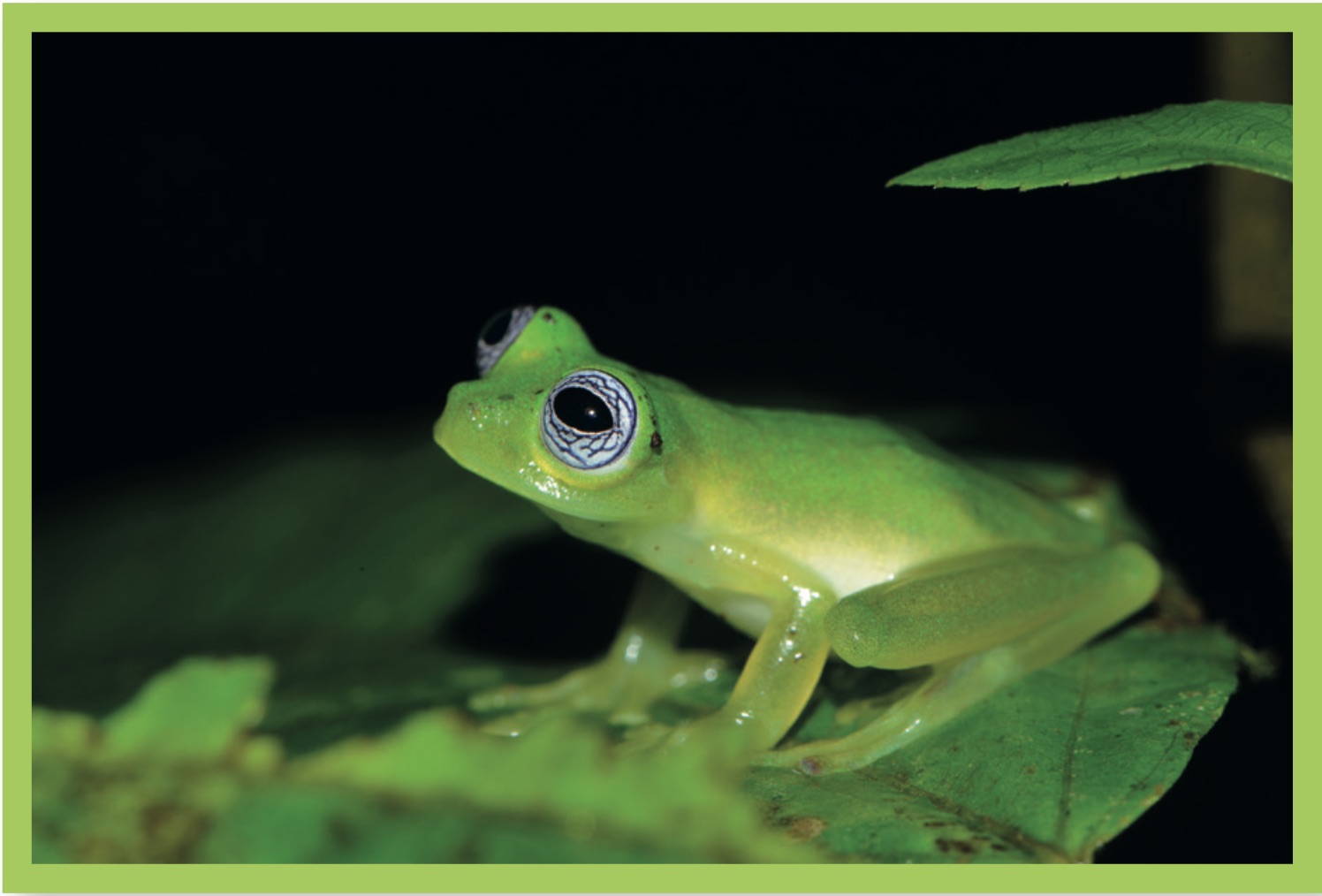GLASS FROGS
The glass frog is one of those bizarre and fascinating creatures in this world. Upon looking down at this amphibian, the first thing you might notice is its soft lime-green colour. But if you turn him over, a quick glance at his abdomen will catch your attention. The glass frog’s stomach is completely transparent! Liver, heart and intestines can be seen when you look at the glass frog from beneath.
The glass frog is a nocturnal creature. During the day, it spends most of its time sleeping in the thick rain forest vegetation. In the evening, however, they are very active, spending most of their time looking for food. Later at night and into the very early morning is their most active time for breeding.
There are 60 different types of glass frogs. Different species can be found in Central and South American rain forests. Certain species of glass frogs are endangered due to habitat loss.

